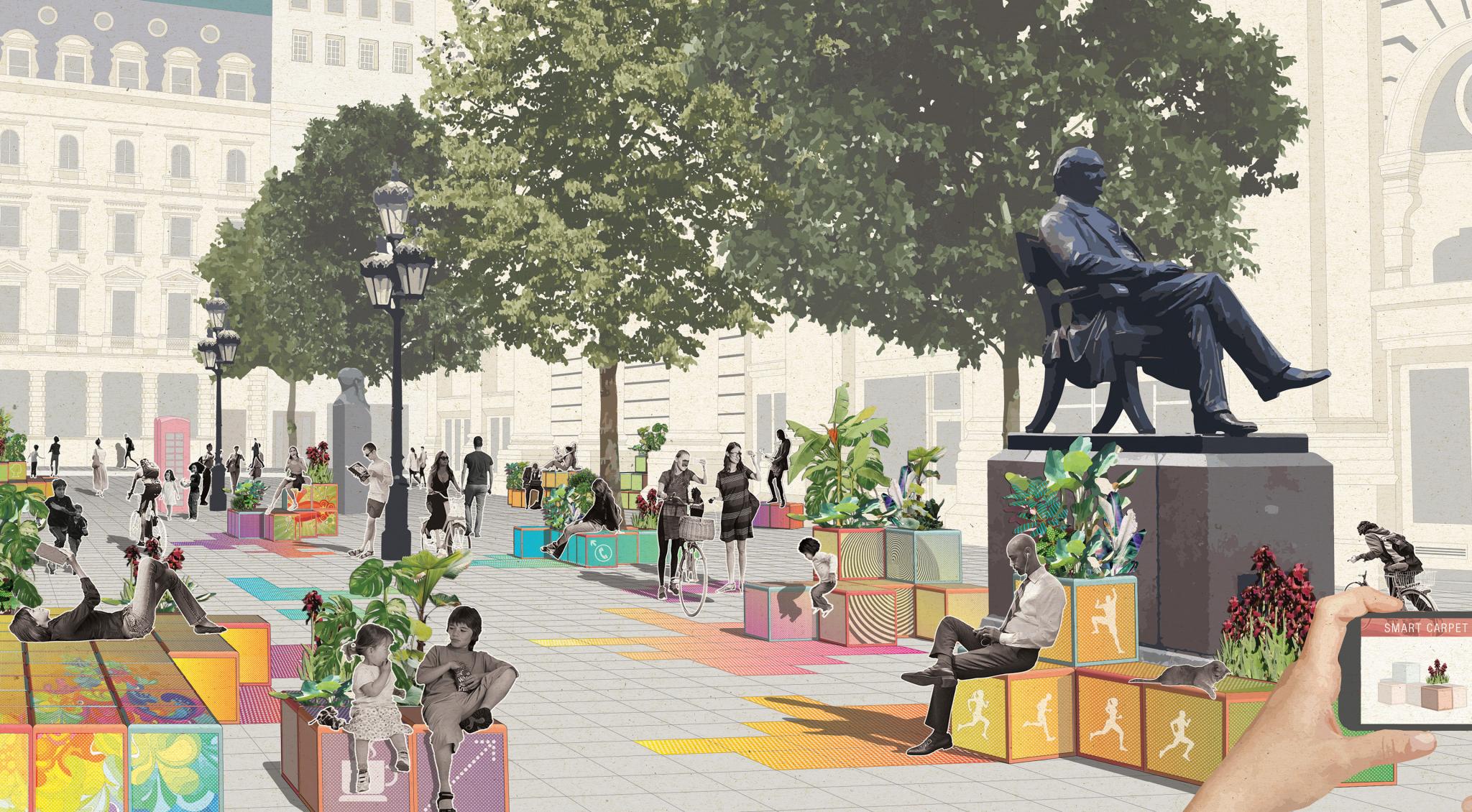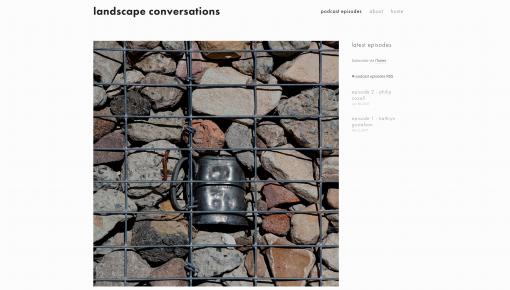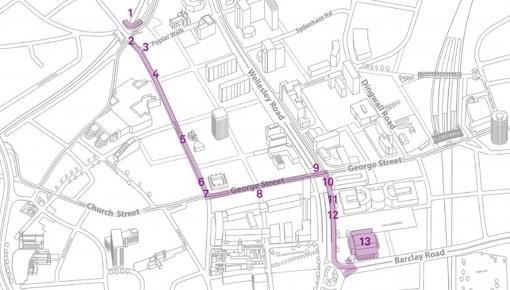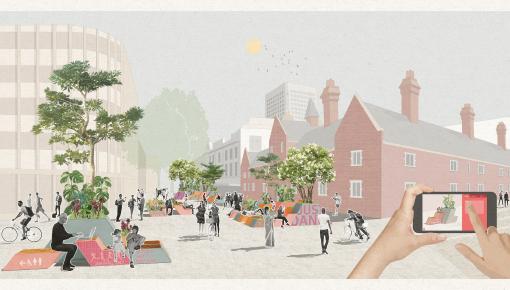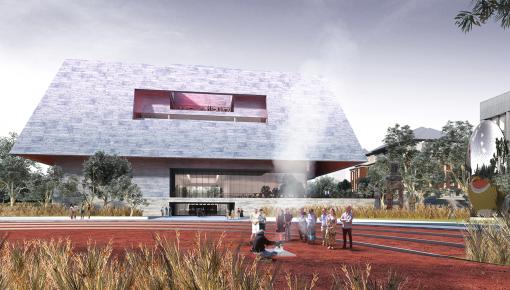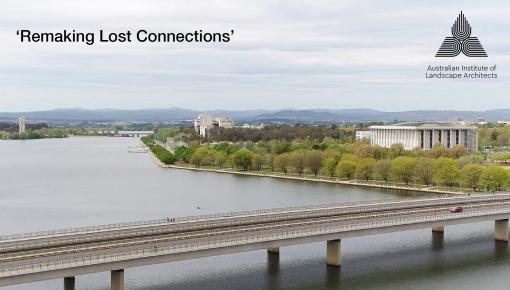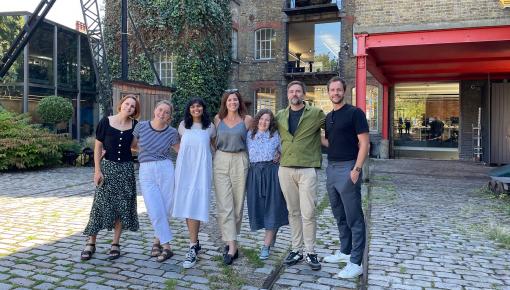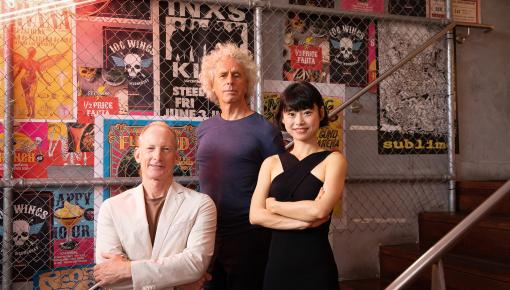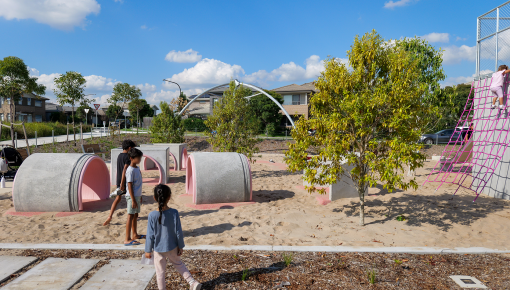The development of Internet of Things (IoT) and Information Communication technology (ICT) is growing at an exorbitant rate. For the “Smart City” movement this means leveraging data to achieve a constantly adapting, connected, intelligent, healthier and more efficient human habitat. But what does this mean for our public spaces and communities? And as we identify stronger quantifiable links between our environment and our physical and mental health, we increasingly need to ensure the development of this technology responds to the most complex parameter – “people”.
Movements such as placemaking and tactical urbanism have identified the importance of our public spaces to maximise human encounters, prioritise community driven outcomes, and provide spatial flexibility. With a huge shift in technology we have the opportunity not just to engineer a more efficient city-scape but to provide co-working physical and digital platforms that hand our communities greater ownership over their public spaces, while improving the health and sustainability of our cities. These trends coupled with a rapidly urbanising global population call for a reinterpretation of traditional open spaces in favour of a new testing ground for smart, innovative, adaptable, and flexible solutions that can create new opportunities within the existing urban tissue.
It is here that McGregor Coxalls new “Smart Design” proposals find their home. Each project “Smart Carpet”, “Hi Croydon!” and “Living Breathing Lobbies” are a product of their new “Smart City” Think-Tank and continue their broader investigation on the role of landscape architecture to facilitate change within a wider urban context. The works hybridise existing & developing technology’s to offer feasible, innovative solutions that:
- involve and empower communities though input/ownership & engagement;
- provide opportunity for endless adaptability and testing of social & transport outcomes;
- create a transparent and efficient governance tool;
- increase the sustainability of local environments;
- offer an intelligent system that can learn from itself;
The aim of these works are to provide a taste of what a future public domain could be and how they could support a deliverable framework for incremental change.
Smart Carpet
“Smart Carpet” is an innovative street design awarded by the City of London. “Smart Carpet” is designed as a living, thinking surface treatment that adaptively responds to user demand. Comprising of a series of paving modules, the street is revealed as an intelligent multi-functional system that supports energy creation, interlockable furniture, LED lighting displays, sensory recognition and live analytics. These paving modules facilitate modular street furniture for social interaction, recreational zones for active health, street markets and exhibitions for cultural expression or commuter traffic during peak periods. The surface interacts directly with pedestrians and motorists changing the traffic conditions of any given street while delivering wayfinding, street notifications and live localised news. “Smart Carpet” innovates our street into an adaptable, data driven, multi-functional space that curates public life through an intelligent, flexible street surface. The street is no longer “for people” or “for cars” but a self powered space that can adapt to any program or traffic condition and lean from its findings”
Hi Croydon!
“Hi Croydon!” is a shortlisted design developed for the ‘i-Street Croydon competition’ and it is now in the preliminary prototype-stage with the Croydon City Council. “Hi Croydon!” plans to be a series of ‘interventions’ constructed of modular and endless adaptable furniture components – think ‘Lego’ – to build street furniture, totems, planting etc. These elements are coupled with an augmented reality app that allows the community to design their own public spaces using a system that can respond to a range of programs, spaces, lighting and way finding options. Each placement will be composed of and built around the character and topography of the specific location and each ‘intervention’ can be considered to be unique – composed of a different set of component parts and designed by a different community groups. “Hi Croydon!” targets both social and environmental sustainability initiatives. Where manually surveyed approach to tactical urbanism can be data driven providing live measurements on the success of any given configuration. This mobile, habitable, botanic garden provides a momentary “escape” from the polluted city air by using endemic planting and low tech fans to actively filter and breaths fresh air into its immediate surrounds.
Living Breathing Lobbies
“Living Breathing Lobbies!” looks at the lobby as a unique spatial environment where we can trial strategies for future buildings. What if our lobbies could become an extension of our green-networks? What if they could engage meaningfully with the street and provide space for activity and respite? “Living Breathing Lobbies provides a flexible, adaptable solution that uses live data to test the future role of these valuable spaces. More than smart furniture, the system can take the role of green facades by actively filtering air, engage with the public and tenants through interactive furniture which can be rented and endlessly designed and re-designed for sponsorship events, dining, meeting spaces, work stations, public & private talks. It can engage directly with users delivering, live localised news, wayfinding and building notifications. Living Breathing Lobbies is an interim solution, with an end goal of creating a more seamless, public/private interaction along our city streets where our lobbies can be the future rainy-day public spaces.
OTHER NEWS
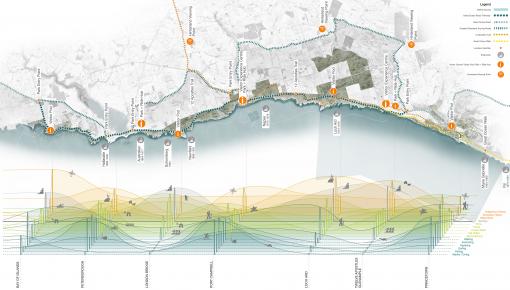
Media
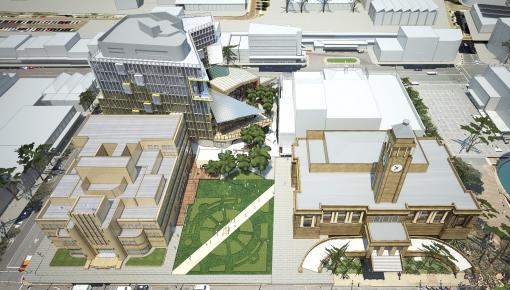
Media
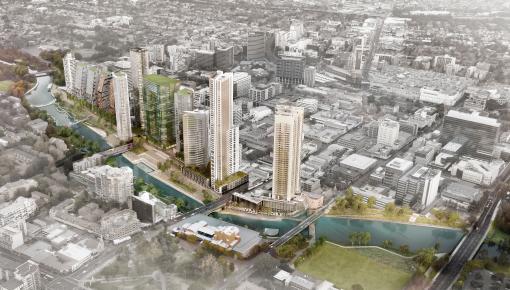
Media
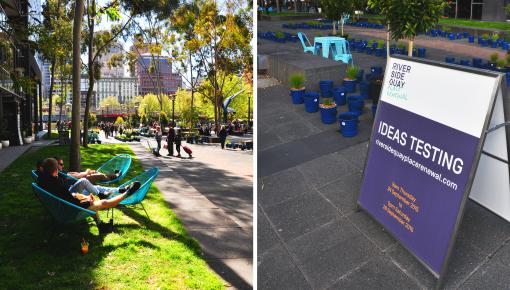
Media
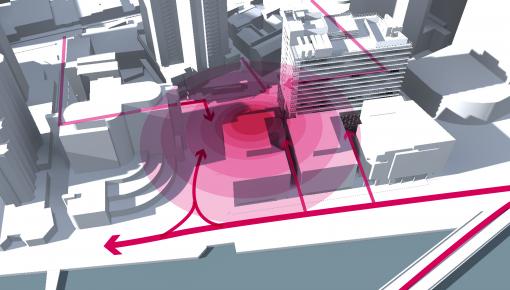
Project Milestone
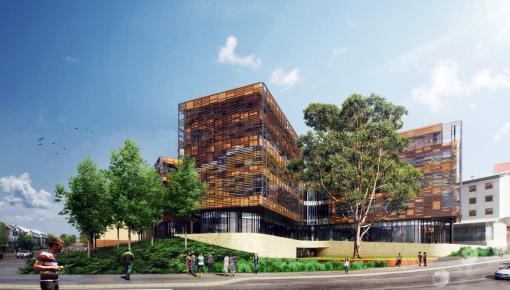
Biocity Studio
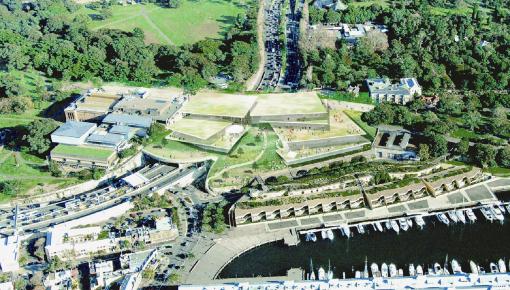
New Project
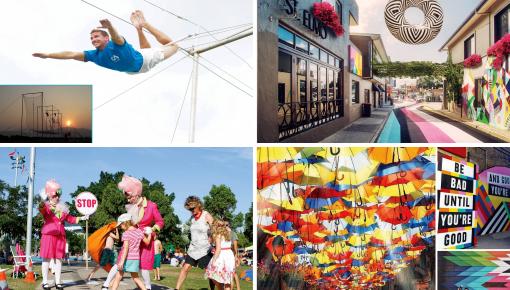
Event
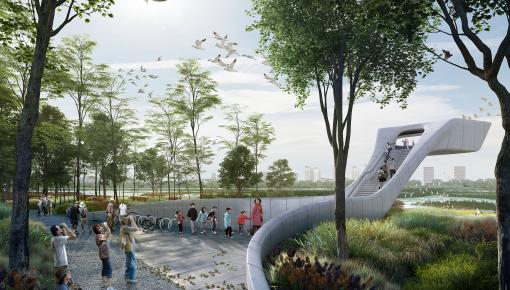
Media
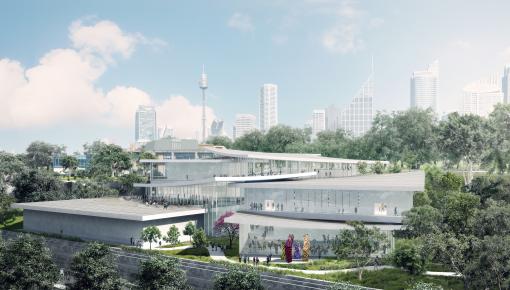
Project Milestone
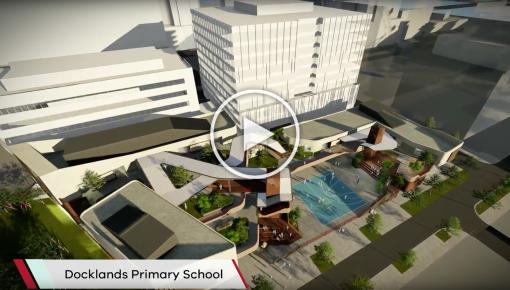
Project Milestone
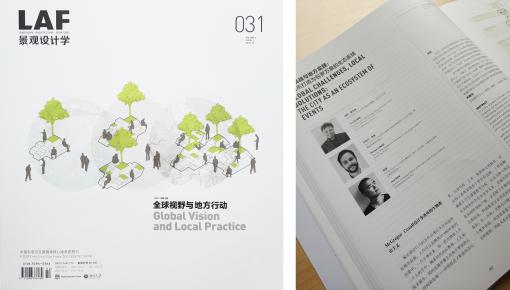
Media
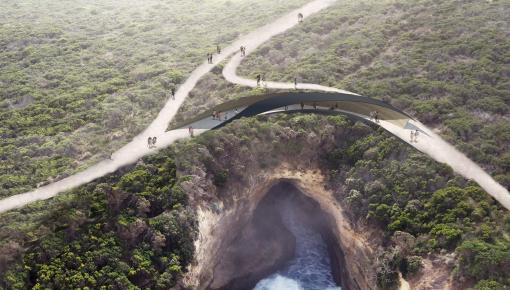
New Project
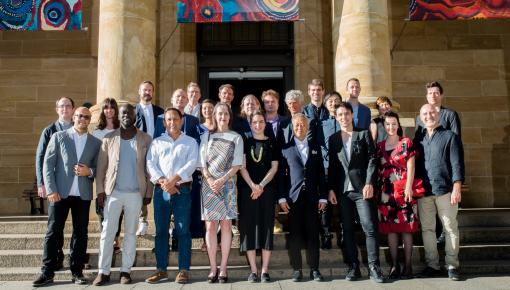
Event
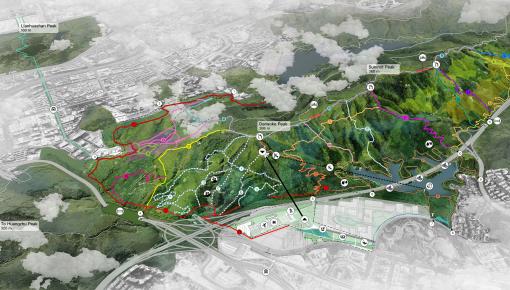
Event
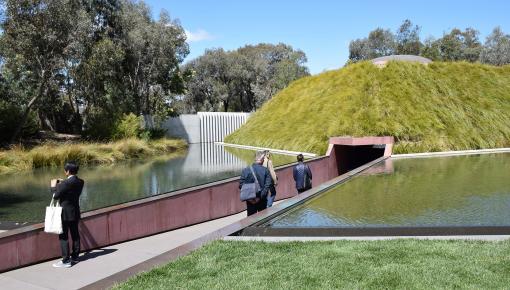
Media
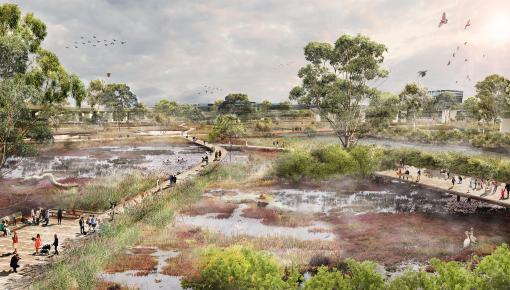
Media
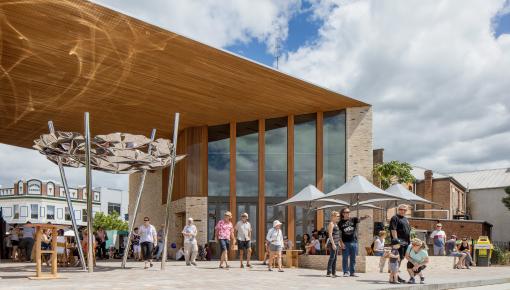
Awards

Event
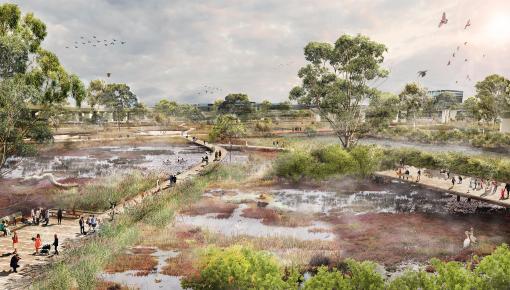
Project Milestone
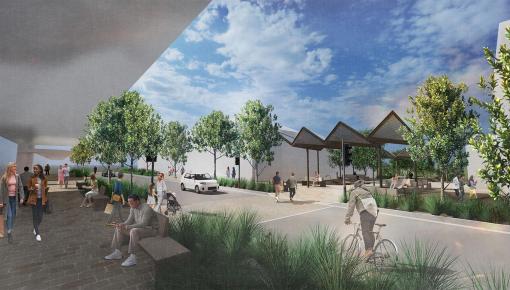
Project Milestone
Project Milestone
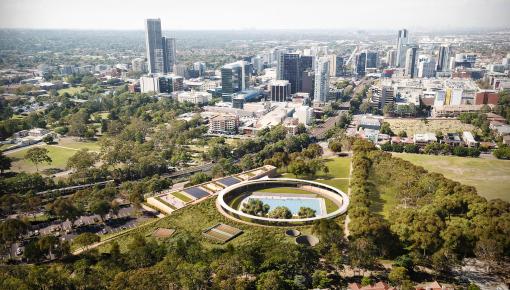
Project Milestone
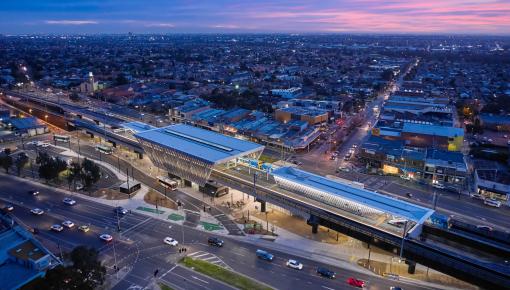
Awards
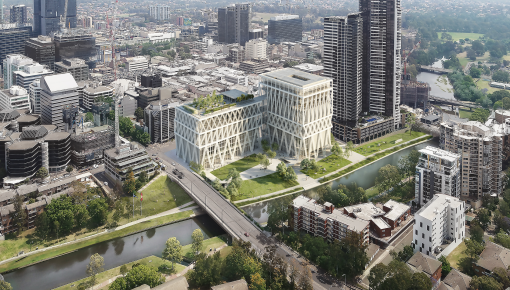
Media
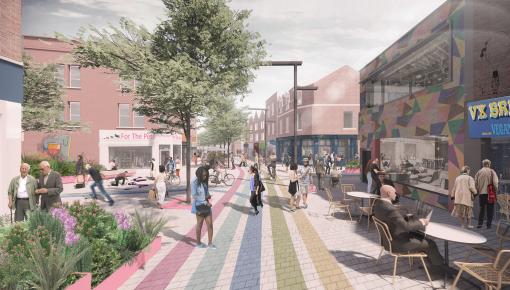
Media
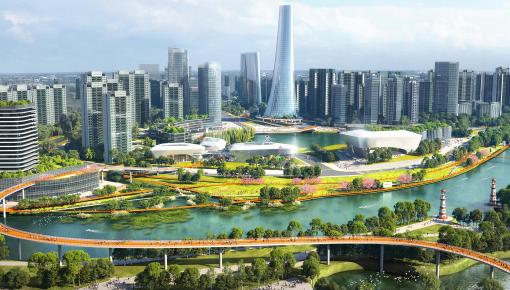
New Project
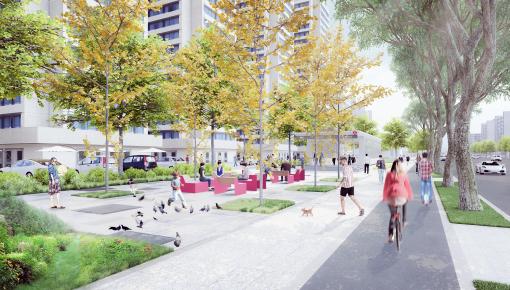
Media
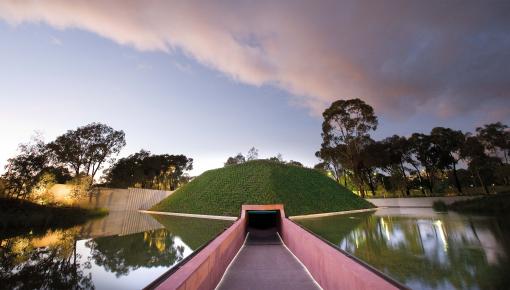
Media

Media
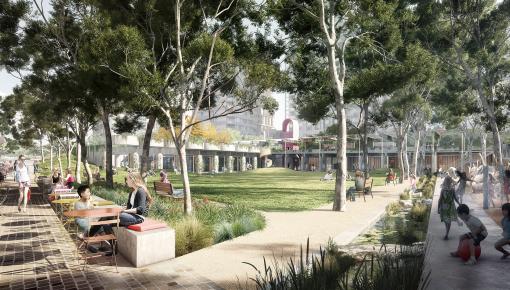
Media
 - Katie Earle, Andrew Langford, Matt Ritson, Julia Manrique, Fraser Halliday.jpg&w=510&h=290&q=100)
Media
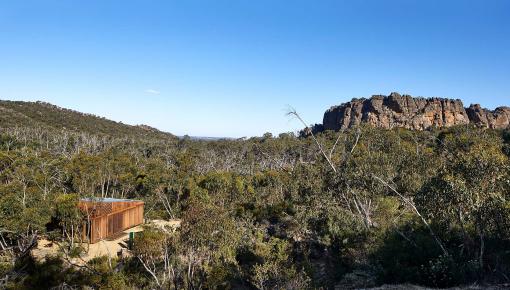
Project New Photos
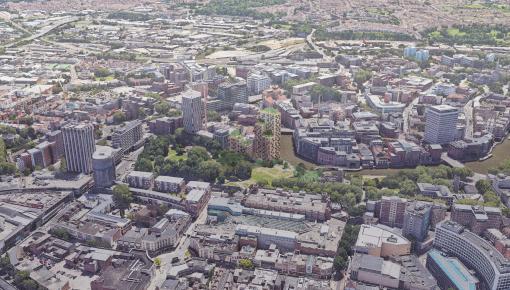
New Project
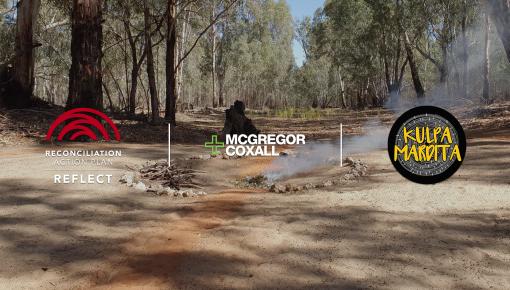
Insights

New Project
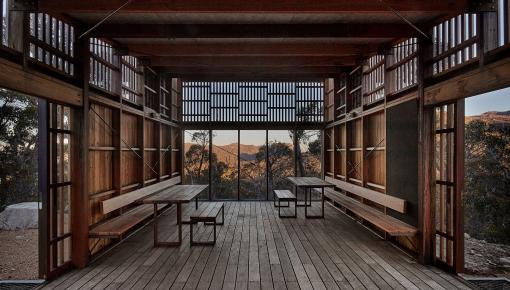
Awards
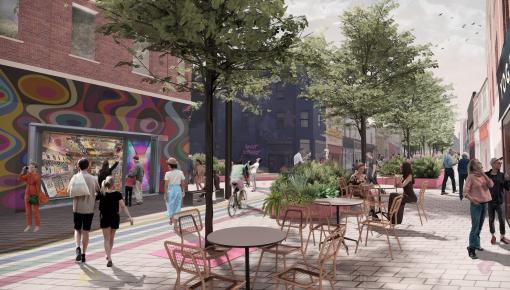
Project Milestone

Project Milestone
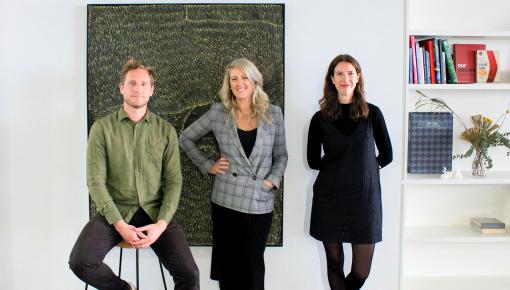
Media
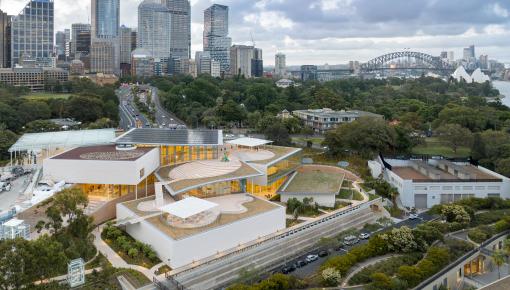
Project Opening

Media
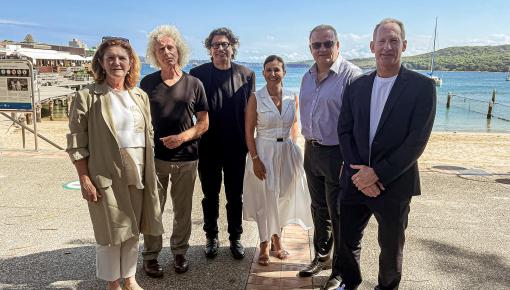
Media
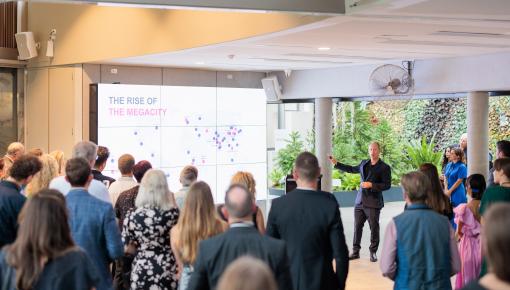
Media

Media
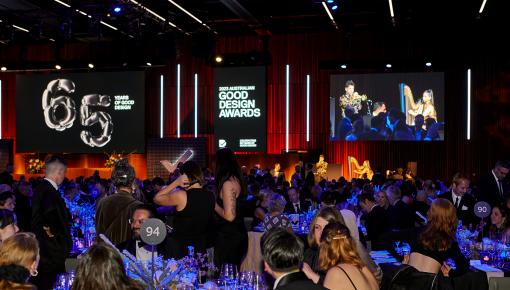
Awards
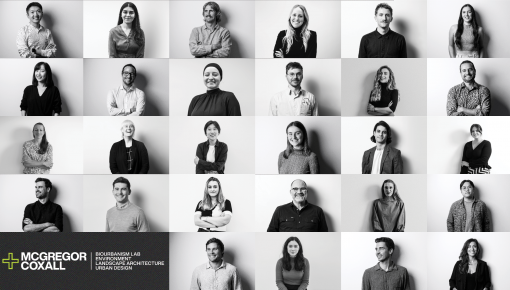
Media
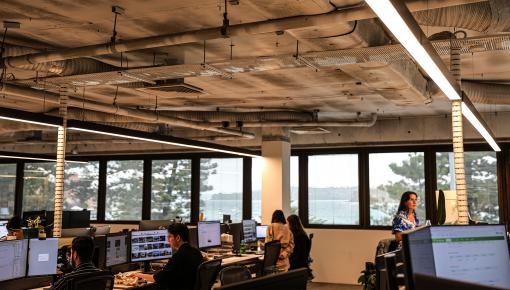
Media
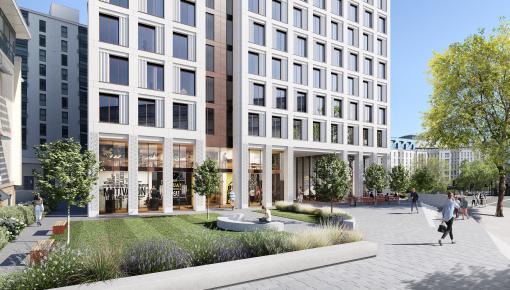
Media
